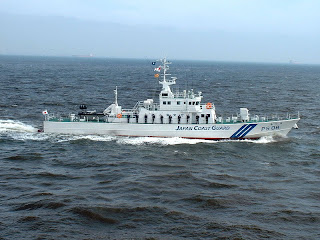 The Army’s OH-58D Kiowa Warrior helicopter is getting a
multimillion-dollar makeover that includes moving its distinctive
top-mounted “beach ball” sensor to the aircraft’s nose — all the better
for peering down at enemy forces in urban environments.
The Army’s OH-58D Kiowa Warrior helicopter is getting a
multimillion-dollar makeover that includes moving its distinctive
top-mounted “beach ball” sensor to the aircraft’s nose — all the better
for peering down at enemy forces in urban environments.Lt. Col. Mathew Hannah, the Army’s Kiowa project manager, said the upgrades, which cost $4 million each, are under way, with the first modified Kiowa scheduled to fly in April.
Hannah did not comment on a recent Reuters report that suggested the Pentagon may spend $6 billion to $8 billion on a replacement for the Kiowa, but he said the upgrades will significantly extend the life of an aircraft that’s been neglected in recent years because it was, until recently, marked for retirement.
Kiowa Warriors, armed with rockets, missiles and machine guns, are the oldest scout helicopters in the Army, with an average age of 41 years, said Hannah, who’s been flying them for 20 years.
Their top-mounted sensors were designed for Cold War missions where the aircraft hid behind trees and searched for enemy tanks by flying just high enough to raise the sensor above the branches, Hannah said.
“The mission for the OH-58 hasn’t changed over time, but the enemy has changed,” he said last week. “We are still an armed reconnaissance platform, and our mission is to conduct surveillance and assist the ground commander with troops in contact.”
Kiowas have accounted for 47 percent of the attack helicopters deployed to Iraq and Afghanistan but they’ve flown 52 percent of missions because ground commanders and troops in contact prefer them to alternatives such as the AH-64 Apache, Hannah said.




















.jpg)














